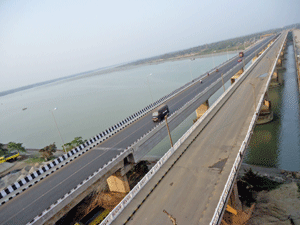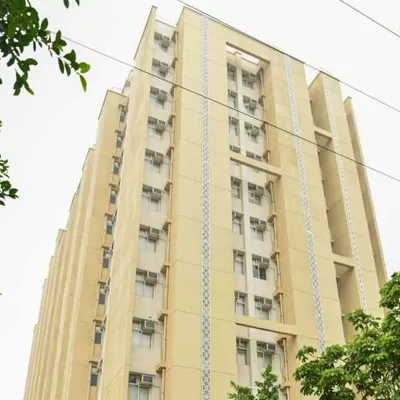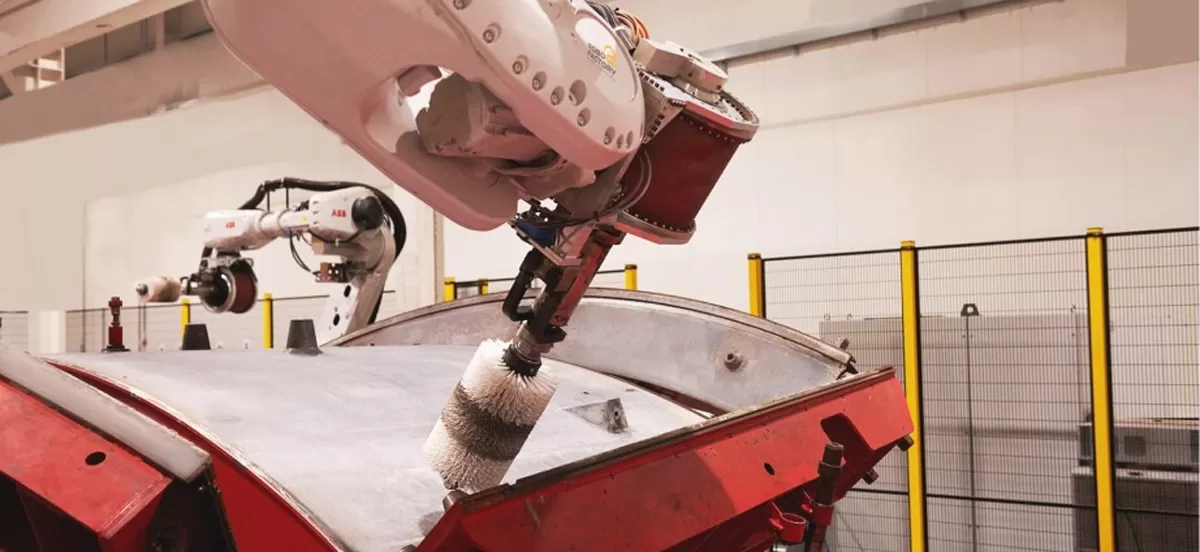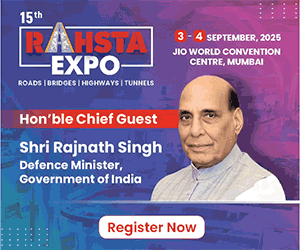The 1.1-km bridge over Roopnarayan River, completed amid multiple challenges, boasts of several technological marvels.
The bridge on NH-6 over the river Roopnarayan near Kolaghat is a major landmark in Ashoka Buildcon Ltd's list of achievements. The 1.1-km bridge is part of the six-laning NHAI project of Kolkata-Kharagpur. The proposal to build a new bridge was first presented in 2000, which failed miserably. The contractors were quite reluctant to take up the project despite several tenders issued by the Ministry of Road Transport and Highways (MORTH) and the National Highways Authority of India (NHAI). In such a scenario, Ashoka Buildcon Ltd (ABL) rose to the challenge and undertook the project in 2011.
Delineating the structure
The project mainly involved the construction of two major bridges: one 323-m bridge left incomplete by NHAI and the state government, and another new, three-lane bridge of 1.1 km and six-laning of the highway stretch between Dhankuni and Kharagpur on BOT basis. These toll bridges were expected to offer relief from the long traffic jams that had become an everyday affair causing a loss of precious man hours. "We commissioned the project in an impressive time period: 18 months ahead of schedule," reveals Sanjay Londhe, Director.
Techno-marvel
The project boasts several technical achievements such as launching of a huge steel girder assembly comprising spans as long as 80 m, totalling a length of 323 m and weighing over 1,700 metric tonne. The steel assembly was constructed at the fabrication yard and assembled at site. It was mounted on a trolley arrangement and placed into position using a state-of-the-art hydraulic mechanism.
"To execute such a complex project, we employed the segmental construction method that involves the use of repetitive elements progressively connected together to form a completed structure. Construction load cases are particularly critical considerations in developing design and construction methods for such bridges. The tilted well foundation extends deep inside the riverbed to attract the necessary soil resistance against overturning, heavy scour, rolling boulders and floating debris," Londhe informs.
Material boost
Besides steel and concrete of M45 grade, the project uses anti-corrosive paints that prevent the piles from corrosion and rusting owing to long submergence in water. "To enable smooth mobilisation of all materials and machineries to the project site, we constructed a 6,800 tonne temporary steel platform across the riverbed," he notes.
The obstacles
The project faced numerous technical and geographical hindrances during the initial phase of its implementation. The original bridge built in 1965 had started deteriorating. The vehicles passing over the bridge had already increased manifold and traffic jams were becoming a major problem. "A major damage on the bridge would have paralysed the entire road traffic movement between Kolkata and a major part of the rest of the country. The half-complete bridge had already incurred a lot of investment, time and effort. Abandoning it completely would have implied a huge national waste," avers Londhe. The previous contractor left the site without completing 323 m in between P8 to P14 owing to technical failure at well foundation P9, P11 and P12 in 2005. A second contractor was appointed in 2009, who also quit the project.
When ABL took up the project, the heavy monsoons too played havoc, leading them to suspend work for several days. The high moisture content in the soil complicated matters, making project execution difficult. "Additionally, we faced a huge time crunch. To overcome this, we commenced the construction of the new bridge with a span of 360 precast segments completing simultaneously the work on the incomplete bridge," he beams.
The challenge of producing a 3D model of the box girder bridge and calibrating necessary stiffness parameters to create a simpler 2D grillage model to use at a later stage was solved through the use of advanced software such as STAAD Pro that not only accelerated the processing capabilities but reduced design and analysis time from an average of 400 man hours to 250 man hours.
Lending a hand
The project was well-supported by the Central and the state governments who monitored work progress on a regular basis, enabling completion in such a short timeframe. "The bridges will soon be installed with electronic surveillance system and security cameras to monitor vehicle movements and any criminal activity," Londhe elucidates.
Infra boost
These bridges will give a positive boost to business by reducing travel time significantly, saving precious fuel and cutting down on gas emissions. "There will be an easing of traffic snarls of 5-6 km on both sides of the bridges," he observes. "Further, these bridges will provide additional estimated toll revenue of Rs 80 crore, besides helping the government to deliver its obligation to the public by providing long-delayed infrastructure. And this will increase the level of safety on the highway, providing pleasant and safe travel across the river.
Project details
Size: 1.1 km Completion: 2013
Developer: Government of West Bengal. Tel: 033-2282 1952/54. Website: westbengal.gov.in
Contractor: Ashoka Buildcon Ltd. Tel: 0253-301 1705. Fax: 0253-223 6704.























